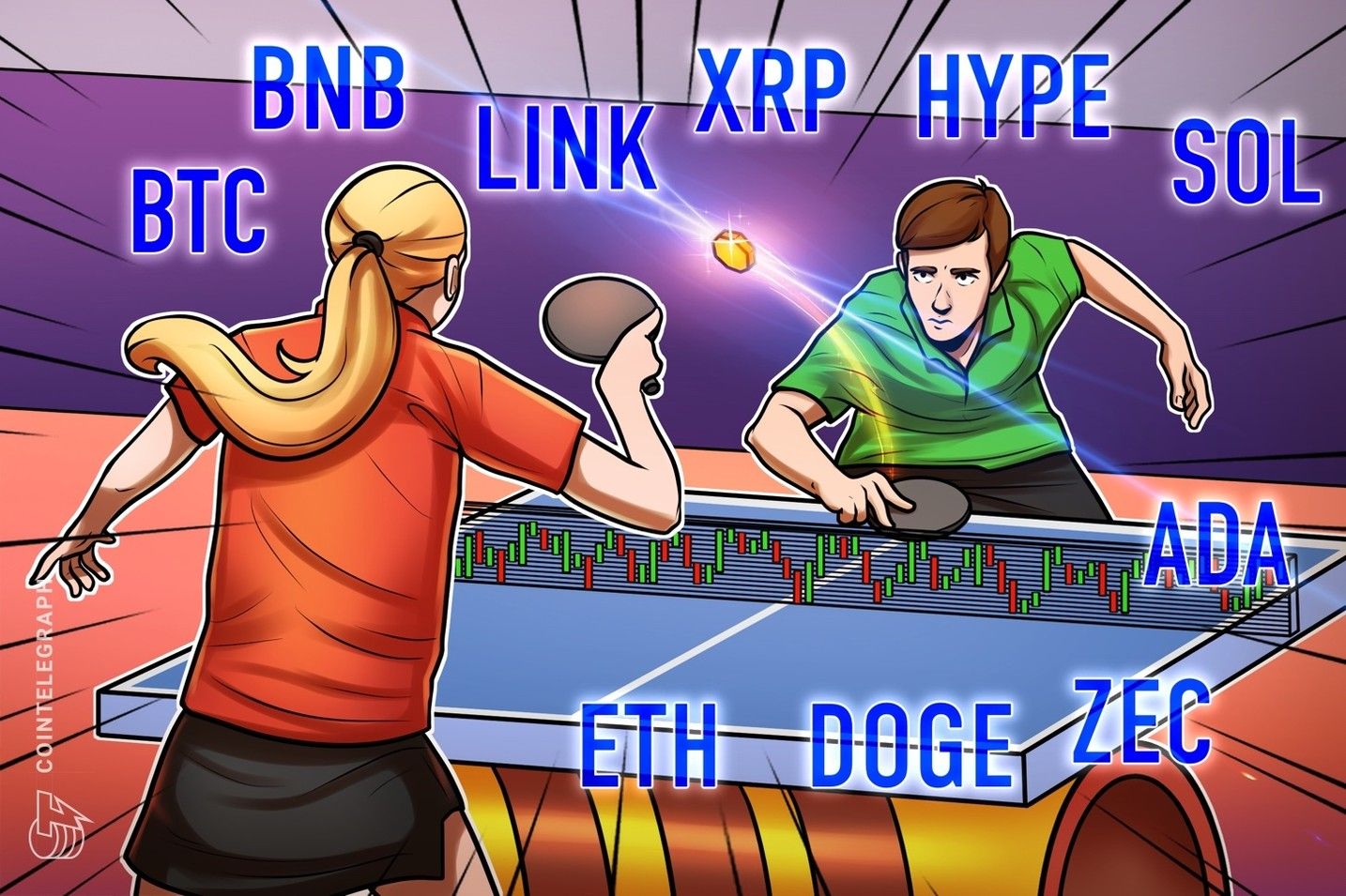Written by: Bryan Daugherty
Translated by: Block unicorn
For more than a decade, discussions about blockchain have been shackled by an old cliché: "Price matters."
Their argument is simple: unless developers can bet on the future price of tokens, they won't build. They claim that speculation is the "engine" of innovation.
This is not only wrong—it is completely upside down.
History makes it abundantly clear: foundational technologies are not built on the illusion of speculation; they are forged in the crucible of utility. Price follows capability, not the other way around. Edison did not peddle "lightbulb coins" before perfecting the filament. Noyce did not issue "chip tokens" to fund integrated circuits. Cerf and Kahn did not mint "ARPANET NFTs" to drive the development of TCP/IP.
They built because the utility was undeniable, the problems urgent, and the demand real. Only after these systems operated at scale in the real world did their financial benefits materialize.
The "price matters" camp in crypto has inverted this model. They use price as an incentive, hoping utility will follow. The results are obvious: hollow hype cycles, fleeting adoption, and fragile ecosystems.
Every leap in modern infrastructure tells the same story. The power grid did not arise from bets on "watt tokens," but from the need to provide reliable, scalable electricity to entire cities and nations, funded by serious, long-term investment in physical infrastructure—not by retail speculators.
Integrated circuits broke the "tyranny of digits" in electronics, driven by clear needs from NASA and the Department of Defense. Chip prices fell from $32 to $1.25 not because of speculation, but because the technology proved indispensable.
The internet? It was built to withstand nuclear attack and connect research networks, not to fill anyone's crypto wallet. The internet was entirely funded by the Advanced Research Projects Agency (ARPA), and for years, commercial use was even illegal. The protocols we rely on today were born without a single speculative asset.
The lesson of every era is the same: capability comes first, financialization comes later.
In blockchain, lasting value does not come from betting on volatile charts. It comes from providing legitimate, scalable public infrastructure capable of handling tens of billions of microtransactions daily and solving real-world problems.
If we measure success by speculation, we build sandcastles. If we measure success by infrastructure, we lay the cornerstone.
Why the "Price-First" Model Fails
In every major technological revolution, the earliest and most steadfast supporters were not speculators chasing quick doubles, but the most demanding users who would not tolerate failure. In blockchain, this principle has been abandoned by those who champion the "token-first" strategy, and the cracks are obvious.
Misaligned Incentives
When founders cash out early through token sales, the motivation shifts from solving complex, systemic problems to riding hype cycles. This is not just a cultural flaw, but a structural one. Founders have a legal obligation to serve equity holders, not token holders. The result? Value capture is optimized at the company level, while network participants who create real utility are left holding volatile assets.
Short-termism
Price surges reward fleeting behaviors that soar today but undermine sustainability tomorrow. Once these incentives disappear, participation and value in protocols propped up by inflated token rewards collapse.
Market Distortion
When token price becomes the core metric, engineering roadmaps tend to favor things that spark speculation, rather than increasing throughput, lowering transaction costs, or meeting compliance requirements. The "blockchain mania" of 2017 proved this: companies issued vague statements, their valuations soared with bitcoin, and evaporated within 30 days due to lack of substantive progress.
User Friction
Products with high token barriers force users to become speculators before they can be real users. Instead of providing seamless, dedicated services, they throw potential users into the market volatility of "pump and dump." This attracts gamblers, not the long-term participants needed to sustain the ecosystem. Once airdrop miners and yield chasers leave, the entire L1 ecosystem is hollowed out. Price may attract crowds, but it cannot build a foundation.
The Builder’s Reality: Intrinsic Motivation + Direct Rewards
Ask those who laid the backbone of the internet, designed database engines, or scaled blockchain infrastructure why they do it, and you will never hear "because I can trade tokens." They build to solve meaningful problems, earn the respect of their peers, and push the limits of what is possible.
Open source software proves this every day. Linux, Python, Apache, Kubernetes—these invisible arteries of the global economy carry trillions in value, and not one was born from speculative token sales.
Decades of open source history make it clear: world-changing infrastructure does not need tokens to survive; it needs a direct link between value created and value captured.
Projects that endure are funded because they solve critical problems, not because they are in a hype cycle. In this model, returns come from measurable impact, allowing builders to focus on performance, reliability, and application—the very principles blockchain must follow to achieve lasting development.
A Legitimate, Scalable Path Forward
If blockchain wants to move beyond its speculative adolescence, it must follow the same rigorous principles that built the internet, the power grid, and modern computing. These systems did not appear by accident; they were built deliberately and systematically to solve problems at scale.
It starts with a real, measurable problem—one with clear beneficiaries and definable outcomes. It is not a vague promise of "future potential," but an urgent, specific challenge that can be solved today.
Success must be measured by utility metrics: cost savings, fraud reduction, operational efficiency—not vanity metrics like "total value locked," which can balloon overnight with liquid capital and disappear just as quickly. The important metrics are those that withstand market cycles and demonstrate sustained value.
The path forward is not unknown. We have seen it in every transformative infrastructure of the past century. The question is not whether it is possible, but whether blockchain has the discipline and focus to achieve it.
Conclusion
Price speculation is fleeting. Utility grows steadily. If blockchain is to become a permanent, indispensable layer of the global economy, we must stop treating token price as the North Star.
Speculation will find its outlet; markets are built for it. As builders, investors, and policymakers, our responsibility is to ensure that real, legitimate, and scalable support exists behind speculation.
History will not judge us by the peaks of bull markets, but by the infrastructure we leave behind when the dust settles—those that withstand market cycles, serve billions, and provide verifiable trust at global scale.
This is the future worth building. It is also the only future that will last.




